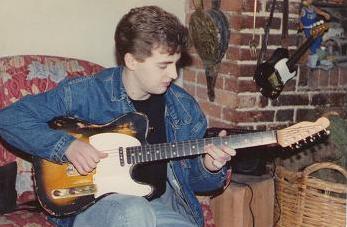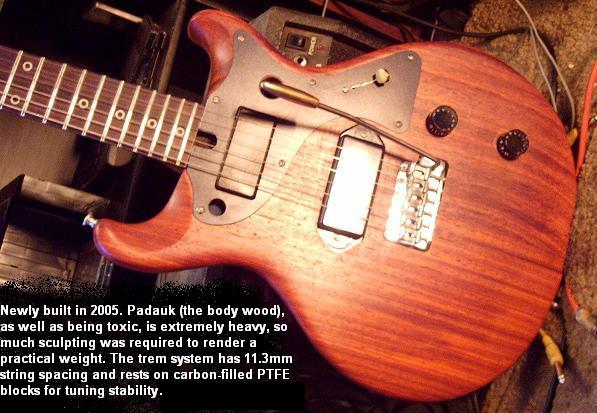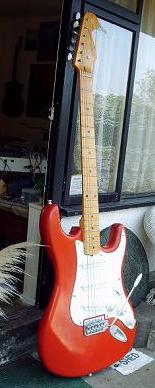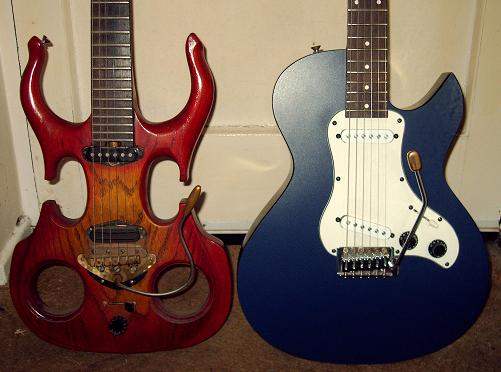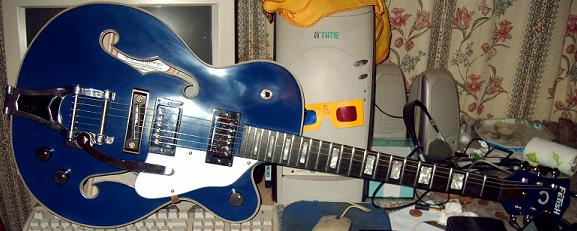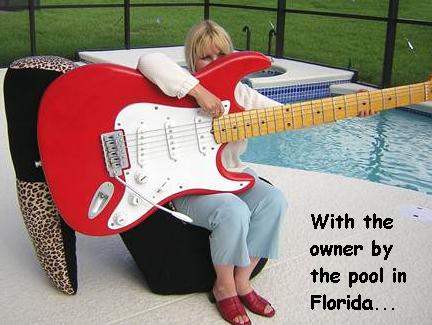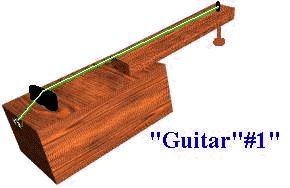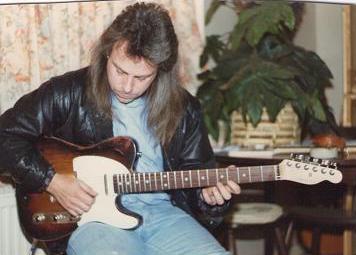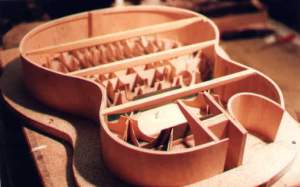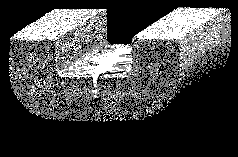 |
|
 |
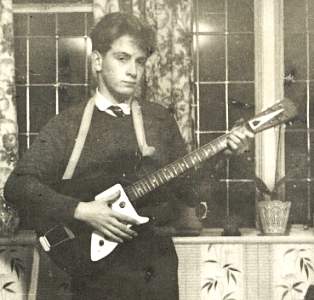 |
In 1961, after learning Ukulele, and numerous home made kitchen drawer-and-wooden stick string-twanging machines, I started to build six-string things. Among the very first, seen here held by my first ever playing student, Barry Pyatt, this was probably the third or fourth solid-bodied electric I made. It's a dim memory but the chances are that this was made from a stolen school desk lid... I turned professional guitar maker and service mechanic in 1972, working with Wing Music, Bromley, Kent, UK. They gave me my first commercial workshop in 1974. So... |

Click this link to hear "The Thing" (guitar extreme left in picture above)




